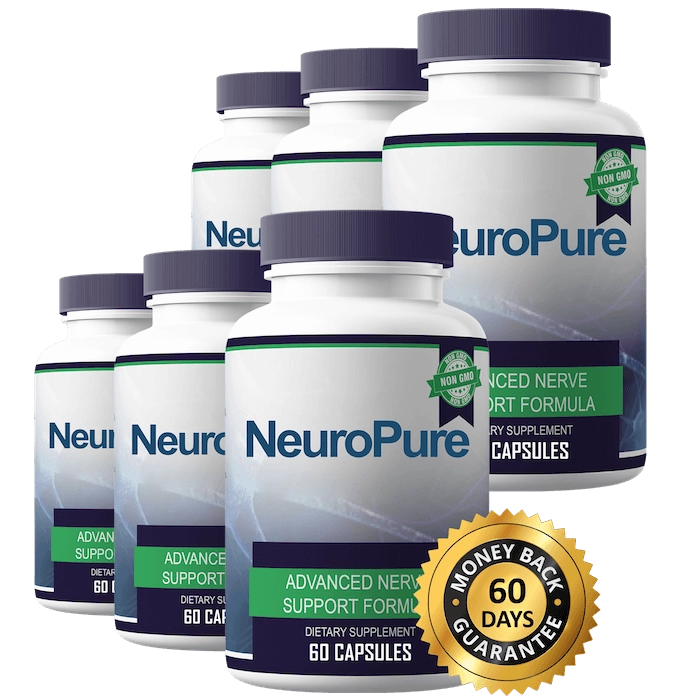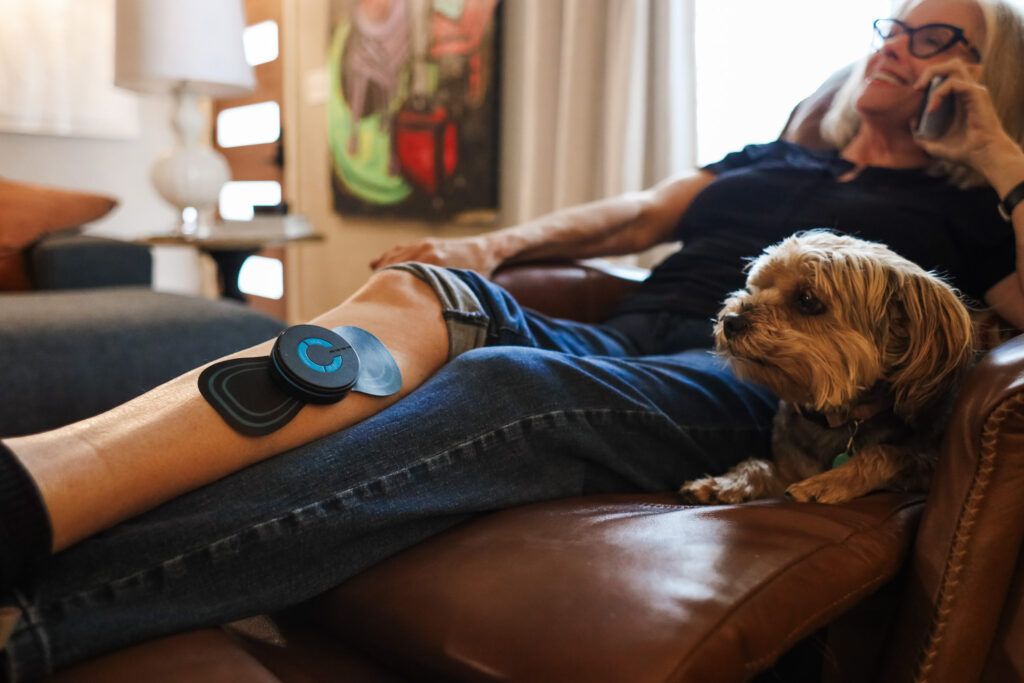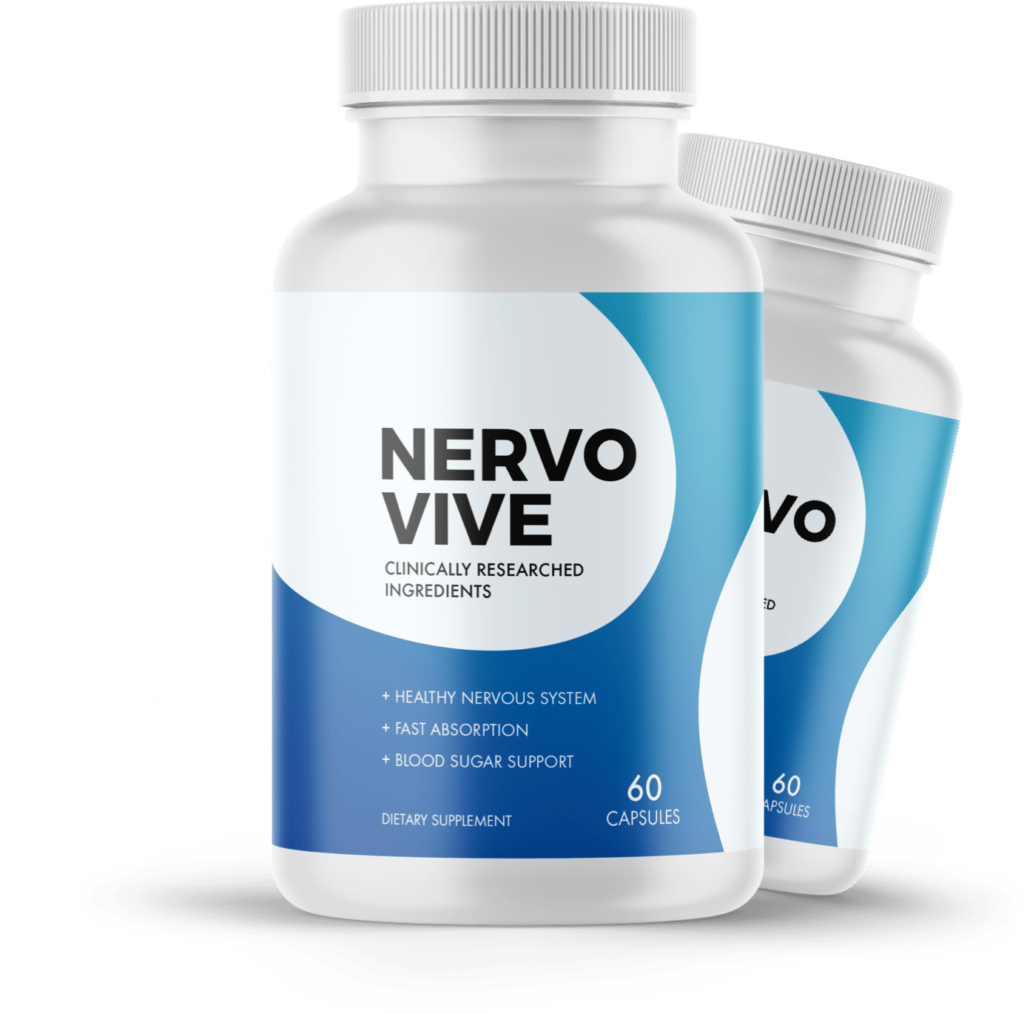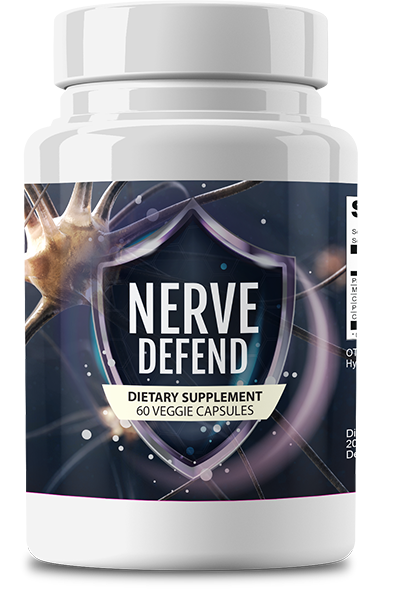When dealing with chronic pain, it’s easy to feel overwhelmed by all the terms doctors and specialists throw around. Two common types of pain that people experience are nerve pain (neuropathic pain) and vascular pain. Although they may feel similar at times—with sensations like burning, cramping, or numbness—their underlying causes, treatments, and implications differ.
In this article, we’ll break down the differences between nerve and vascular pain, discuss their causes, symptoms, and common treatments, and include insights into neuropathy products that may provide relief for nerve pain.
What is Nerve Pain?
Nerve pain, also known as neuropathy or neuropathic pain, is caused by damage or dysfunction in the nervous system. Instead of receiving normal signals from the nerves, the brain interprets abnormal signals as pain, even when no physical injury is present.
Common Causes of Nerve Pain:
- Diabetes (diabetic neuropathy)
- Injuries (spinal cord injuries or trauma)
- Autoimmune diseases (like multiple sclerosis)
- Vitamin deficiencies (especially B vitamins)
- Heavy metal toxicity
- Infections (shingles, HIV)
For a deeper understanding of how to address nerve damage causes, explore strategies that may help reduce or even reverse neuropathy progression.
Symptoms of Nerve Pain:
- Burning, tingling, or pins-and-needles sensations
- Sharp, shooting pains
- Numbness or reduced sensitivity
- Pain from stimuli that shouldn’t cause pain, such as light touches
- Muscle weakness or twitching in severe cases
One product that addresses these types of nerve issues is NeuroPure. NeuroPure contains ingredients like Prickly Pear and Passionflower, which work to reduce oxidative stress and soothe inflamed nerves, helping to alleviate burning and tingling sensations.

If you’re looking for a supplement designed to support nerve health naturally, click here to try NeuroPure.
When to Seek Help for Nerve Pain:
If nerve pain becomes chronic and begins to interfere with daily life—like walking, sleeping, or holding objects—it’s essential to see a healthcare provider. Left untreated, nerve pain can worsen and lead to permanent damage.
What is Vascular Pain?
Vascular pain occurs when blood flow to a certain area of the body is restricted. This reduced blood circulation deprives muscles and tissues of the oxygen they need, causing cramping, aching, and sometimes swelling.
Common Causes of Vascular Pain:
- Peripheral Artery Disease (PAD)
- Deep Vein Thrombosis (DVT)
- Atherosclerosis (buildup of plaque in arteries)
- Raynaud’s Disease (narrowing of blood vessels in extremities)
- Varicose veins
- Claudication (leg pain during exercise due to poor circulation)
Symptoms of Vascular Pain:
- Cramping or aching in the calves, thighs, or buttocks (especially during physical activity)
- Cold or pale extremities
- Swelling in the legs or feet
- Ulcers or wounds that are slow to heal
Since vascular pain is tied to poor circulation, treatments often focus on restoring proper blood flow. While some forms of vascular pain may require medications or surgeries, devices that improve circulation—like the Neuro Ease Massager—can provide non-invasive relief by promoting blood flow and reducing swelling. This massager acts as an on-demand way to boost circulation and alleviate pain, particularly for individuals with poor blood flow in the legs and feet.

Click here to try Neuro Ease Massager.
Key Differences Between Nerve Pain and Vascular Pain
1. Cause:
- Nerve pain: Triggered by nerve damage or dysfunction.
- Vascular pain: Caused by restricted blood flow.
2. Location of Pain:
- Nerve pain: Often localized to a specific nerve path or nerve endings (e.g., hands and feet).
- Vascular pain: Affects larger regions, such as an entire limb, and worsens during physical exertion.
3. Type of Sensations:
- Nerve pain: Tingling, burning, shooting pain.
- Vascular pain: Cramping, throbbing, heaviness.
4. Triggers:
- Nerve pain: May occur spontaneously or after light touches.
- Vascular pain: Often occurs after physical activity due to increased oxygen demand.
5. Treatment Approach:
- Nerve pain: Focuses on calming and repairing nerves.
- Vascular pain: Focuses on improving circulation and reducing plaque buildup.
Treatment Options for Nerve Pain
Treating nerve pain typically involves a combination of lifestyle changes, medications, and supportive therapies.
1. Neuropathy Supplements
Supplements like Nervovive and Nerve Fresh are formulated with natural herbs such as Marshmallow Root and Corydalis, which support nerve health and may help reduce nerve-related inflammation and discomfort. Adding these supplements to your wellness routine can provide the necessary support for healthy nerves. You can also explore a broader range of supplements for nerve pain relief to enhance your nerve care plan.

2. Pain Relief Devices
Non-invasive devices like the Neuro Ease Massager use neuromuscular electrical stimulation (NMES) to boost blood flow and stimulate nerves, helping reduce muscle cramping, tingling, and pain.
3. Prescription Medications
- Anticonvulsants: Gabapentin and pregabalin are commonly prescribed.
- Antidepressants: Duloxetine and amitriptyline can help reduce nerve pain.
- Topical Treatments: Lidocaine patches and capsaicin creams can provide localized relief.
4. Lifestyle Adjustments:
- Maintain a balanced diet: Foods rich in omega-3s and B vitamins can support nerve repair.
- Exercise regularly: Low-impact activities like swimming or walking can improve nerve function.
- Reduce alcohol consumption: Alcohol can damage peripheral nerves and worsen symptoms.
5. Detoxification:
Products like NerveDefend claim to help by flushing heavy metals from the body, which can contribute to nerve damage. Ingredients such as Prickly Pear and Marshmallow Root in NerveDefend support detoxification and nerve repair.

Click here to try NerveDefend to learn more about how it can support your recovery.
Treatment Options for Vascular Pain
Since vascular pain is associated with restricted blood flow, treatments aim to restore circulation and prevent complications like blood clots.
1. Medications:
- Blood thinners: Help prevent clots (e.g., warfarin, aspirin).
- Cholesterol-lowering drugs: Statins can reduce plaque buildup.
- Vasodilators: Help widen blood vessels to improve circulation.
2. Compression Therapy:
Wearing compression stockings can help reduce swelling and improve blood return from the legs to the heart. You can also apply home remedies to reduce leg pain and improve circulation as part of a daily care routine.
3. Exercise:
Structured exercise programs, especially walking to improve circulation, can help reduce symptoms of PAD and enhance blood flow safely.
4. Surgical Interventions:
In severe cases, procedures like angioplasty (widening of narrowed arteries) or bypass surgery may be needed to restore blood flow.
When Neuropathy Products Can Help
Neuropathy-focused products like Nerve Fresh can be beneficial for calming nerve-related discomfort. If your primary concern is related to burning, tingling, or pins-and-needles sensations, nerve-support supplements and massagers may help.
However, if you are experiencing vascular-related symptoms such as leg cramps during walking or cold, pale feet, it’s essential to consult a doctor to ensure that vascular disease isn’t the underlying cause.
When to Seek Medical Attention
It’s crucial to seek medical care if you experience any of the following:
- Severe or sudden pain that doesn’t improve
- Sores or wounds on your feet or legs that don’t heal
- Persistent numbness or weakness
- Swelling or redness in the legs (signs of deep vein thrombosis)
Finding Relief from Nerve and Vascular Pain
Understanding the differences between nerve pain and vascular pain can guide you toward the right treatments and lifestyle changes. While nerve pain often requires calming inflamed nerves and addressing deficiencies, vascular pain necessitates improving blood flow and preventing blockages. For those seeking to manage nerve pain naturally, lifestyle adjustments and herbal remedies can provide additional support.
Products like NeuroPure and NerveDefend can support nerve health, while devices like the Neuro Ease Massager may assist in improving circulation for overlapping issues. Nerve Fresh for an all-natural solution to nerve pain.
Ultimately, the best course of action is to work with a healthcare professional who can help identify the underlying cause of your pain and create a tailored treatment plan.
With the right approach, you can manage your pain effectively and regain control of your life.